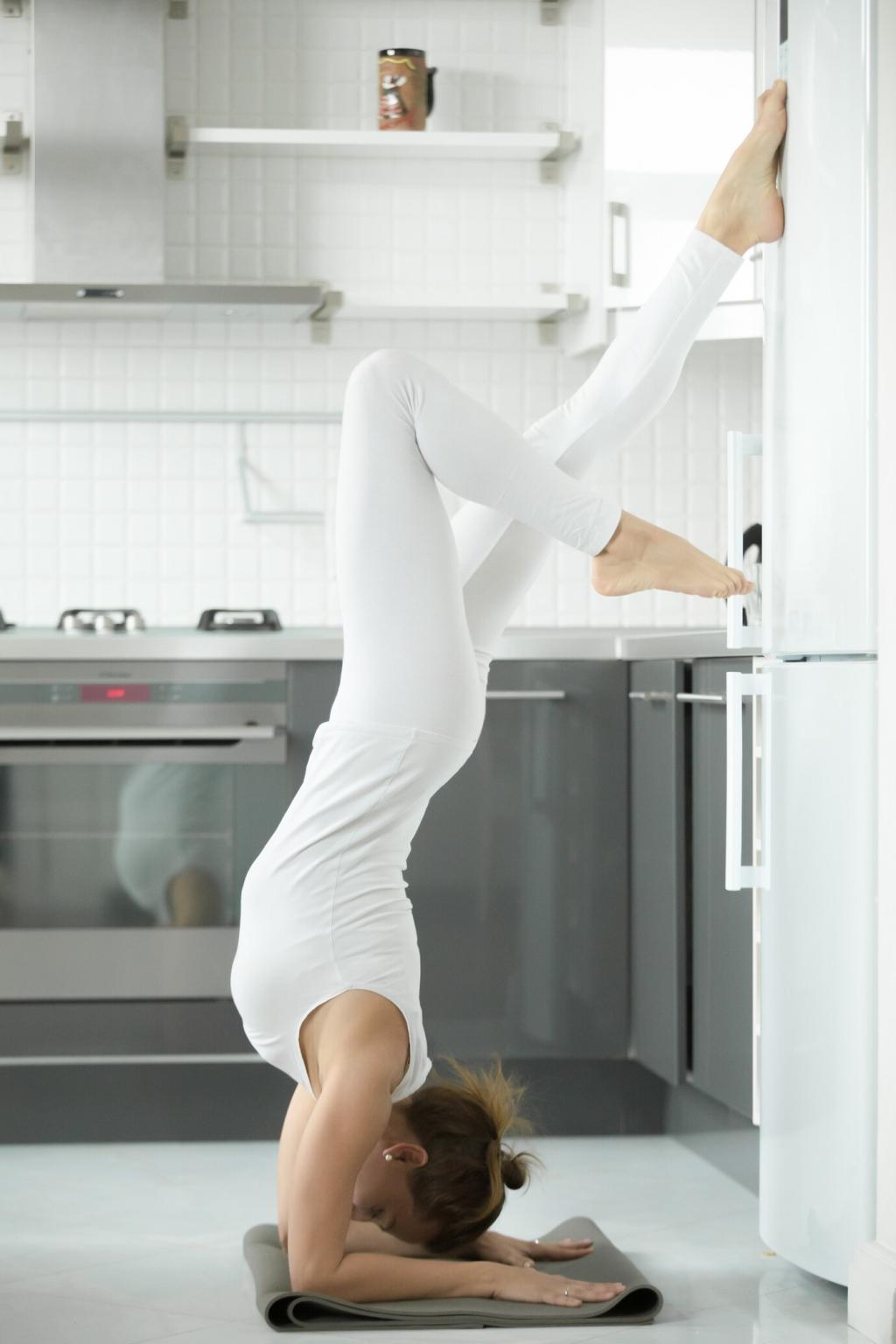Foundations of Safe Stretching
Active stretching builds strength at new ranges by lightly engaging opposing muscles, while passive stretching invites support from gravity or props. Blend both to create stability, avoid collapse, and turn temporary flexibility gains into lasting movement confidence.
Foundations of Safe Stretching
Match slow inhales to create space and equally long exhales to soften resistance. Let breath guide depth rather than ego. When the exhale lengthens and the jaw softens, your nervous system permits safe, meaningful release during yoga stretches.

